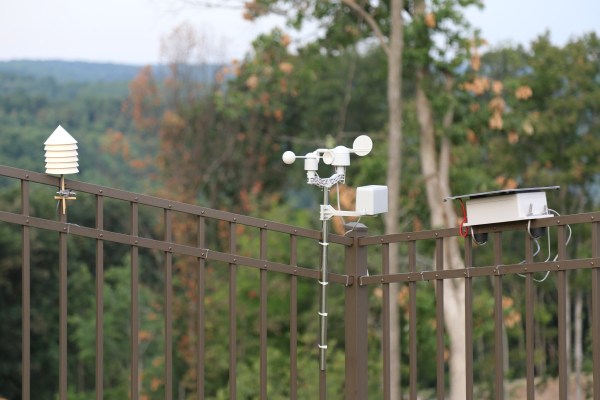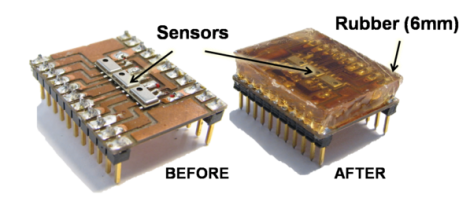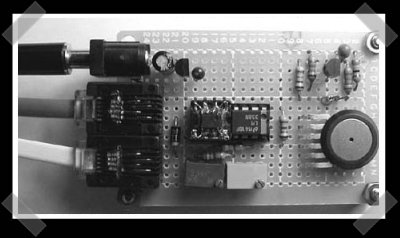There was a time when getting weather conditions was only as timely or as local as the six o’clock news from the nearest big-city TV station. Monitoring the weather now is much more granular thanks to the proliferation of personal weather stations. For the ultimate in personalized weather, though, you might want to build your own solar powered weather station.
It looks like [Brian Masney] went all out in designing his weather station. It supports a full stack of sensors – wind speed and direction, rain, temperature, pressure, and dew point. About the only other parameters not supported (yet) are solar radiation, UV, and soil moisture and temperature. The design looks friendly enough that adding those sensors should be a snap – if fact, the 3D models in his GitHub repo suggest that he’s already working on soil sensors. The wind and rain sensor boom is an off-the-shelf unit from Sparkfun, and the temperature and pressure sensors are housed in a very professional 3D printed screen enclosure. All the sensors talk to a Raspberry Pi living in a (hopefully) waterproof enclosure topped with a solar panel for charging the stations batteries. All in all it’s a comprehensive build; you can check out the conditions at [Brian]’s place on Weather Underground.
Weather stations are popular around these parts, as witnessed by this reverse-engineered sensor suite or even this squirrel-logic based station.















